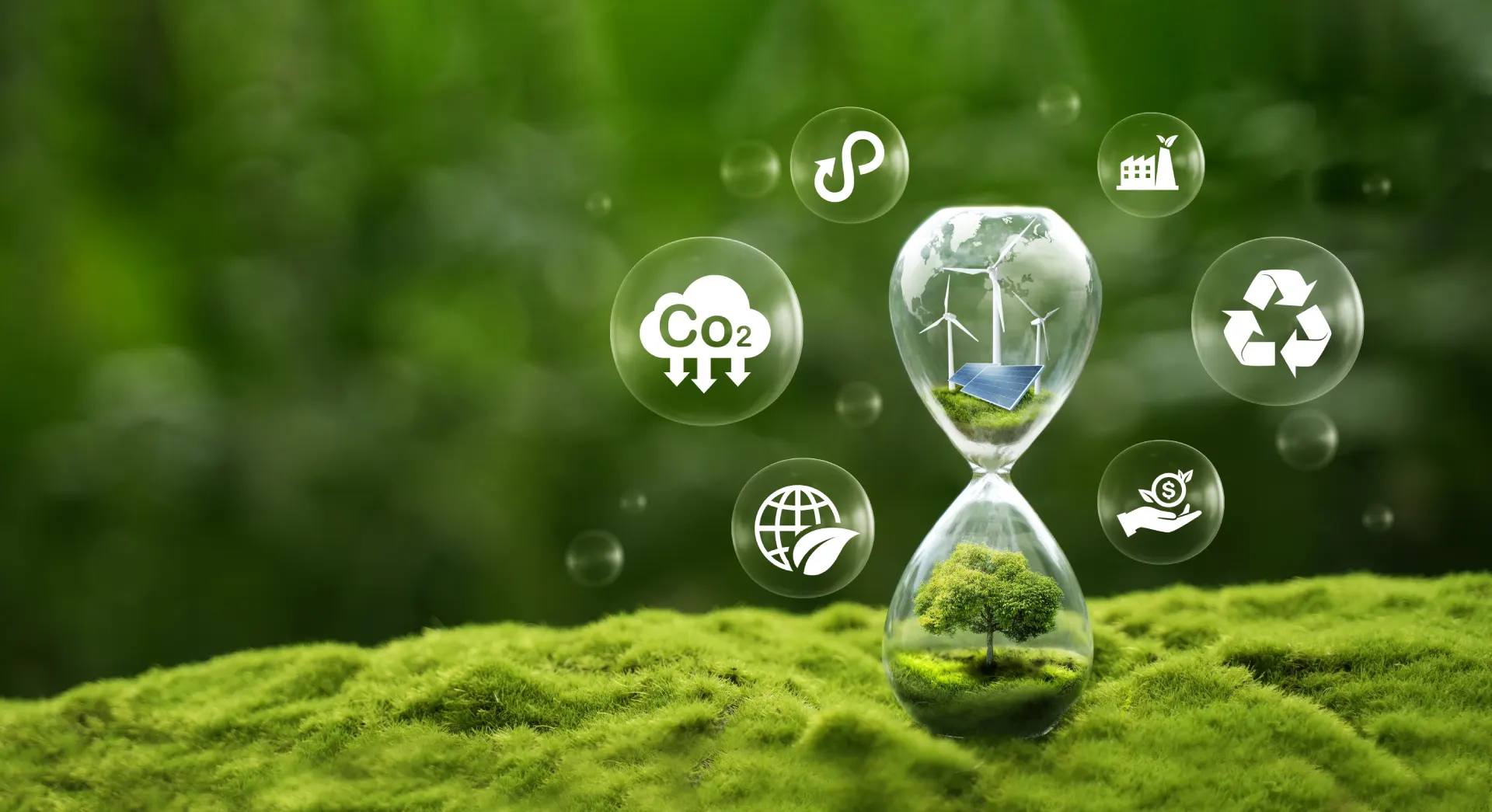Tech and Trends
A Complete Guide to Circular Supply Chains for Modern Enterprises

Circular supply chains are gaining traction as a game-changing approach to sustainability and resource management. This innovative model moves beyond the traditional linear “take-make-dispose” system, aiming to keep products, components, and materials at their highest utility and value throughout their lifecycle.
This approach not only encourages resource efficiency but also fosters innovation in product design and manufacturing processes. In this context, organizations are increasingly recognizing that by investing in reverse logistics and refurbishment capabilities, they can tap into an expanding market for recycled goods and components.
Integrating these examples into a business’s circular supply chain not only improves environmental performance but also offers a strategic advantage. When manufacturers take responsibility for the lifecycle of their products, they can innovate, enhance customer engagement, and significantly cut down on waste and carbon emissions.
Consequently, circular supply chains present not just an economic opportunity but also pave way for a more sustainable future where resources are valued rather than discarded. Volvo has pioneered in circularity through its comprehensive recycling and refurbishment initiatives. A significant part of their newer vehicle models, such as the Volvo EX30, incorporates recycled materials – up to 25% of its aluminum and 17% of its steel and plastic come from recycled sources. This reflects Volvo’s broader goal to achieve 30% recycled
content in all new models by 2030. Moreover, Volvo has embraced initiatives like refurbishing, remanufacturing, and recycling, which dramatically reduce energy usage—remanufacturing parts takes about 80% less energy than creating new ones. Such approaches enable Volvo to deepen customer relationships through programs that prolong product life, while simultaneously cutting costs and conserving resources
Let us examine the key principles behind this concept and provides insights on how to implement circular strategies effectively.
Environmental and Economic Benefits of Circular Supply Chains
The benefits of circular supply chains go beyond the often-discussed sustainability angle. Yes, they reduce waste and emissions, but the core advantage lies in the shift toward long-term business resilience. Companies adopting circular models position themselves to thrive in increasingly resource-constrained environments. By focusing on product longevity, recycling, and reusing materials, they decouple their growth from the linear consumption of finite resources.
The US Environmental Protection Agency reported that over 90% of a brand’s carbon emissions come from its supply chain. However, this fact isn’t just a statistic—it’s a call to action for businesses to rethink how they source, design, and return materials to the production cycle. Circularity mitigates these emissions not simply by reducing waste but also by driving innovation in product design, supply chain management, and customer engagement. This leads to greater efficiency and customer loyalty, which are just as important as the
environmental benefits.
Economically, businesses can achieve cost savings through reduced material and waste disposal expenses. Additionally, circular supply chains can enhance resilience by reducing reliance on scarce resources and minimizing risks associated with resource price fluctuations.
Ways to implement Circular Supply Chain Strategies
- Product Design for Circularity
Circular product design focuses on maximizing product longevity and minimizing waste by prioritizing durability, ease of disassembly, and repairability. By choosing renewable or recyclable materials and designing products that consumers develop emotional attachment to, companies can ensure products remain in use longer. Additionally, creating modular and easy-to-repair designs further supports the goal of reducing resource consumption and extending the product lifecycle. - Reverse Logistics and Take-Back Systems
Reverse logistics ensures that products are efficiently returned from consumers to manufacturers or retailers for reuse, refurbishment, or recycling. Effective take-back systems help manage returned goods, reduce waste, and enable companies to recover valuable materials or components. By implementing programs like product buy-back or incentivized returns, companies can close the loop, ensuring products are reused or responsibly disposed of, rather than ending up in landfills. - Recycling and Remanufacturing Processes
Recycling and remanufacturing are vital for keeping materials within the production cycle. Companies could design products for easy disassembly to facilitate material recovery for recycling or remanufacturing. This allows companies to refurbish parts or break down products into raw materials for new production, reducing the need for virgin resources. Closed-loop systems, where materials continuously re-enter the supply chain, further enhance circularity by minimizing waste and resource depletion. - Collaborative Consumption Models
Collaborative consumption models, such as product-as-a-service, encourage resource efficiency and extend product lifecycles. These models shift focus from selling physical products to providing functionality or performance. For instance, DLL Group recommended retrofitting ambulances for Britain’s National Health Service, extending their lifespan by five to seven years. Such approaches not only reduce waste but also create new business opportunities within circular supply chains. Large corporates can learn valuable lessons from startups, particularly when it comes to sustainable practices and circular economy models. One notable example of a leading textile brand in India is the SPUN initiative, which upcycles textile waste into handcrafted products, supporting over 2,200 women artisans in rural India. Through this initiative, Welspun not only reduces waste but also empowers local communities by providing meaningful employment. This demonstrates how large corporations can make significant environmental and social impacts with smaller, community-centric projects.
The Role of Supply Chain Finance and Sustainability Linked Loans
Supply Chain Finance (SCF) plays an essential role in facilitating the transition to circular supply chains by offering financial solutions that improve liquidity and enable investments in sustainable practices. Through SCF, businesses can access funds that bridge the gap between upfront costs associated with circular practices – such as reverse logistics and refurbishing and delayed returns on these investments. This financial flexibility helps companies to adopt more sustainable models without straining their cash flow.
Sustainability Linked Loans (SLL) further incentivize companies to pursue circular strategies by tying loan conditions to sustainability performance. Firms that meet specific environmental targets, such as reducing carbon emissions or increasing recycling rates, can benefit from lower interest rates. As a result, both SCF and SLL create a financial ecosystem that supports the implementation and scaling of circular supply chains, helping companies overcome some of the economic barriers often associated with this transition.
In conclusion, circular supply chains offer a path to sustainability and resource optimization, moving beyond the traditional linear model by keeping products and materials at their highest value throughout their lifecycle. By embracing circular strategies, companies can reduce waste, cut carbon emissions, and achieve cost savings. Additionally, SCF and SLL provide essential financial support, enabling firms to make this transitionmore smoothly and incentivizing sustainable business practices. Partner with Vayana to unlock innovative financial solutions that drive your sustainability goals forward. Let’s build a greener, more efficient future together!
Read Also: Enabling Sustainable Finance for Small Businesses






